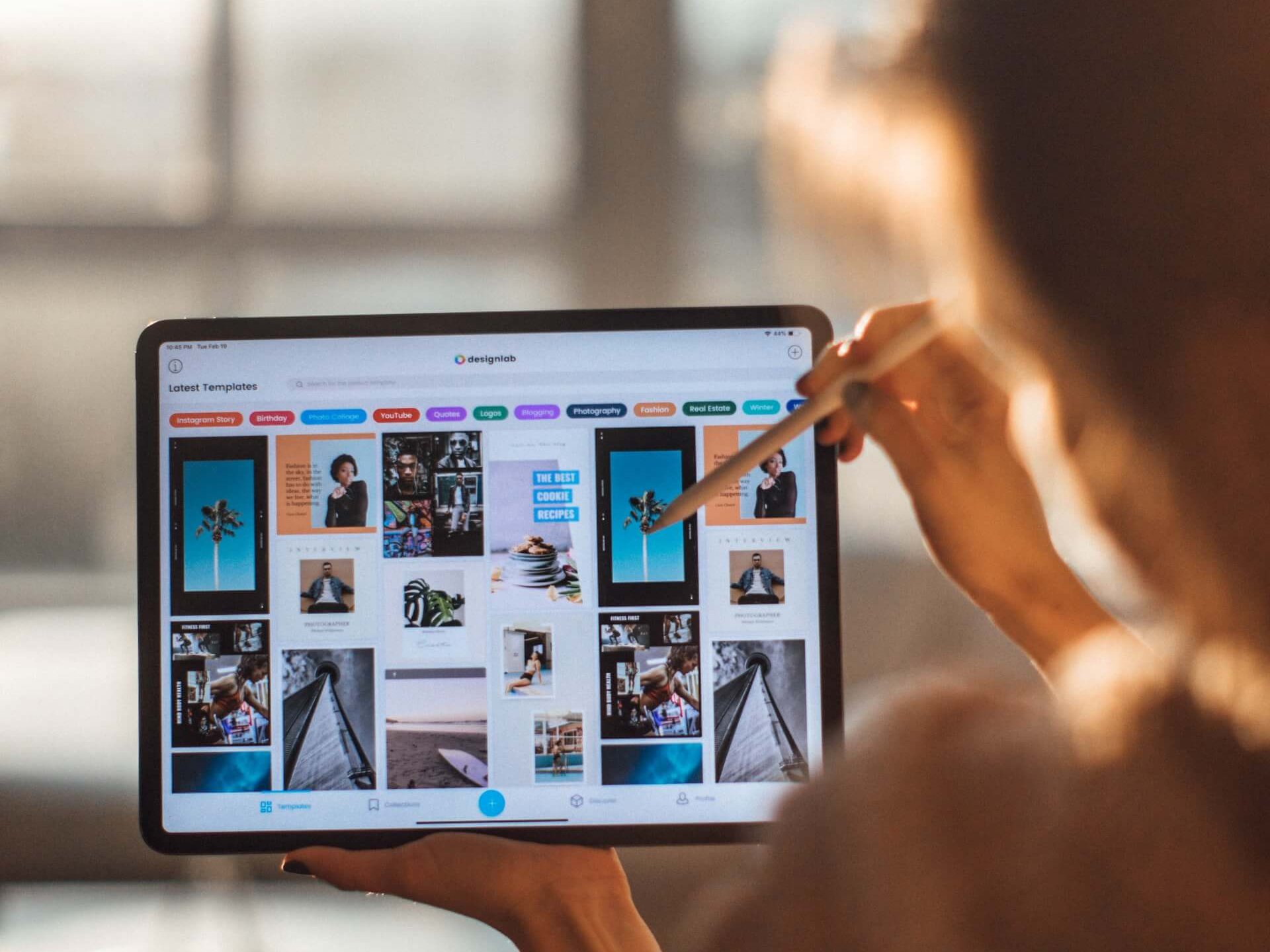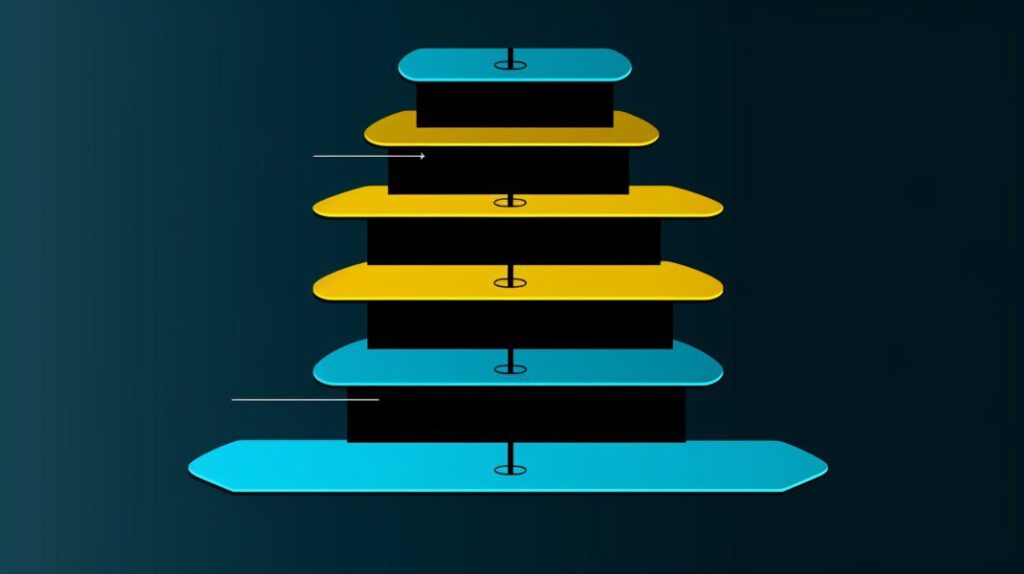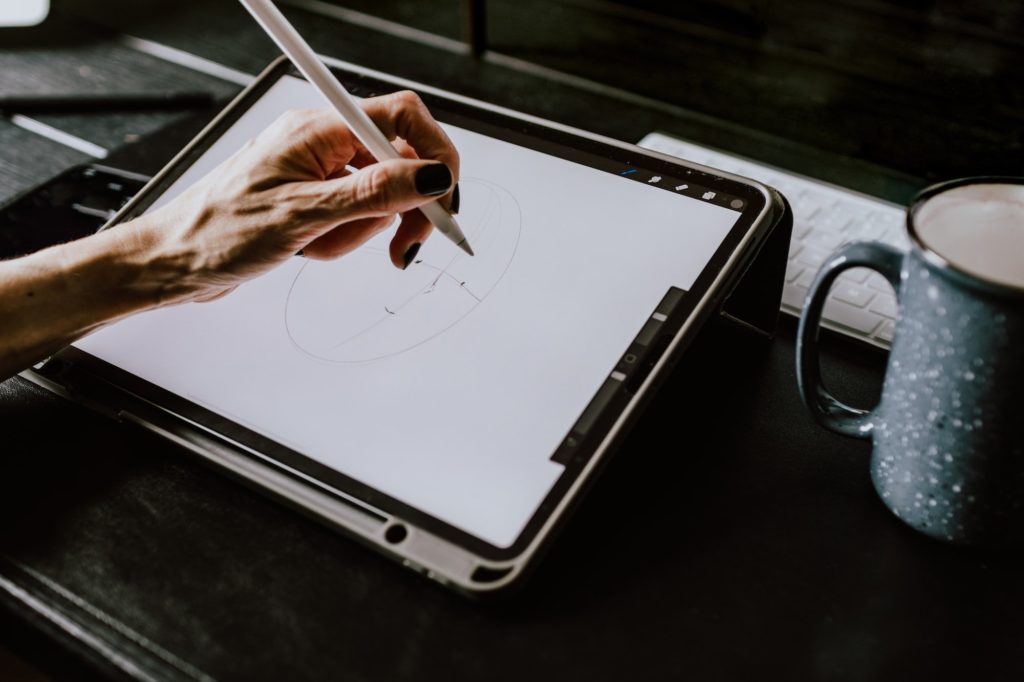According to recent research from Forrester, a single dollar invested in a good UX Design could give an estimated return of $100.
Businesses today not only compete for the best product. They are also besting each other for who can provide the best user experience. As a startup owner, understanding the process behind UX Design is highly beneficial.
Definition of UX Design

UX Design aims to improve users’ satisfaction with a product or service. This design area involves a thorough process from identifying user pain points to providing efficient design solutions.
Identifying the exact definition of UX design can be complicated, as several design experts have differing points about what UX design is.
In general, developing a practical UX Design considers the overall look and functionality of a product.
A good UX designer aims to identify a user’s problem with a similar product and provide the best solution without compromising visuals and function. The goal of UX design is to deliver a highly usable and attractive product.
What is User Experience?

User Experience (UX) is how a user perceives and responds to your product. In essence, user experience is how you would feel after using a product. Imaging using a bottle opener that cannot open bottles. Frustrating, right?
Peter Morville, a renowned information architect, created the UX Honeycomb. He used this idea to break down User Experience into multiple aspects.
According to him, A product needs to meet the following interface elements to promote a positive user experience:
- Usable: A usable product is an easy-to-use product. It’s intuitive enough that you can identify how to use it without requiring extensive instructions.
- Useful: A useful product is true to its words. Useful products are functional, and they can help you resolve your problem.
- Desirable: This aspect refers to the overall aesthetic of the product. A desirable product appeals to its intended customers.
- Accessible: An effective product needs to be accessible for its intended customers and most users. Accessibility considers disabled people to ensure that they can also use your product.
- Credible: Customers trust a reliable product or company. Trust is a huge factor in user experience. Back your credibility with facts, reviews, and recommendations.
- Findable: An effective product is not challenging to navigate. Whenever users need information about the product, they can quickly source details to fulfill their needs.
- Valuable: Value is an essential factor in user experience. A product should be beneficial in the user’s life.
Your product or service web page should have a deep understanding of the user to promote a positive user experience. These elements help guide a UX Designer in the right direction.
The creative process behind UX design?
The creative process behind UX design is a complicated but essential task for creating an effective product. The goal of UX design is to deliver a highly usable and attractive product that meets the user’s needs.
The UX Design process is composed of three phases. These are user research, design testing, and design implementation.
Understanding the processes behind these phases will help you develop a better product. Here is a slightly in-depth explanation for each UX design creative process phase.

UX Design Process#1: User Research
User Research is the starting point for almost every UX design project. A UX researcher or designer will identify a user’s problem, product behaviors, and motivation in this phase. They will then establish a goal targeting these factors.
Research is a vital process in UX Design. Thorough user research will help give you a deep understanding of the user. And determine which steps are necessary to develop a practical UX Design.
User research allows you to understand how your product appears from your audience’s perspective. What you perceive as easy-to-use may not be the same with your audience.
Empathy is a crucial element in user research. Different people may need your product differently. You need to look at how various users interact with similar products and their pain points.
There are various ways you can implement user research. You can conduct customer interviews, surveys, reviews, etc.
Once you have gathered all the necessary information, you must create a user persona. Your user persona is crafted based on your existing audience and not your target audience.
A compelling user persona will help you identify your users’ expectations and how they respond to your product. Creating a functional persona can also help you connect with your target users.
UX Design Process#2: Design Testing
Once you are done with the user research process, it’s time to put your hypotheses to the test. In this process, you will create a prototype and a wireframe of your product.
For example, if you are creating a website for your business, you will need to identify the outline of your website. Wireframing will determine how you allocate the spaces in your web pages.
Wireframing allows you to have a bird’s eye view of how your website will appear. Once you have this, you can start creating website prototypes.
A prototype is a ‘draft’ version of your product or website. An alternative for prototyping is a minimum viable product or MVP. Unlike prototypes, MVPs are usable versions of your product stripped down to its core function.
Testing allows you to see if the product or a website you’re creating benefits your users. Design testing provides you with an insight into which interface elements need improvement.
UX Design Process#3: Implementation
After completing the user research and design testing processes, it’s time to implement your findings. Implementation is where you will start to see the visual design of your product taking shape.
The implementation process will require UX Designers to collaborate with developers to create a functional product that meets the user’s needs.
As a startup founder, you must hire a good UX Designer capable of collaborating with other team members.
The implementation phase is also the part when feedback starts rolling. You need to identify which feedback to consider and which to set aside.
All feedbacks are necessary. However, you cannot accommodate all feedback at once. It’s essential to identify which one you will take to the next step of the process.
It’s important to note that the UX design process is not linear. You can repeat all three phases multiple times to achieve the best possible user experience.
The Design Thinking process

Design thinking is a problem-solving technique that helps individuals and organizations generate innovative solutions. It is based on the belief that good design can solve complex problems.
Design thinking is a user-focused approach to problem-solving that starts with deep understanding of users’ needs. The aim is to create meaningful solutions that meet a user’s demand.
Although the name has the word ‘design’ attached to it, it’s not strictly applicable for the design industry only. Several industries also employ this problem-solving technique due to its human-based approach.
The design thinking process comprises of five stages:
- Empathize
- Define
- Ideate
- Prototype
- Test
This problem-solving approach helped conceive the most innovative and creative way of dealing with difficulties. As a startup owner, employing design thinking principles can help you find out-of-the-box solutions.
What are the principles of UX design?
UX Design for startups is a continuously expansive field that covers many aspects of design. To this day, countless experts are still discovering new concepts to provide the optimal user experience.
We can separate the principles of UX Design into four different elements. All of these aspects work together to enhance user satisfaction.
Experience strategy, interaction design, user research, and information architecture are the building blocks of UX Design for startups. As a startup owner, you need to identify how to target these aspects to provide the best experience for your users or customers.

UX Design Principle #1: Experience Strategy
Experience strategy is the process of planning and designing an excellent experience for your users. It’s essential to think about the end-to-end experience of your product, from the first time a user hears about your product to the time they stop using it.
Experience strategy includes creating a user journey map, which outlines a user’s steps to complete a task. You’ll also need to design wireframes and prototypes to help you visualize your product.
This aspect of UX Design for startups focuses on combining the business approach and the creative approach of solving a problem.
This subdivision of UX Design aims to deliver a good investment return by providing an effective UX strategy.
UX Design guide Principle #2: Interaction Design
Interaction design determines how a user reacts to interactive elements of your design. Interaction design aims to make your product or website as intuitive as possible.
An interactive design includes:
- Responsive website tools
- Intuitive website outline
- Attractive website elements
Interaction design is often confused with User Interface (UI) Design. It’s important to remember that interaction design is a discipline under UX design and UI design is a separate field.
UI designers are focused on creating a visually appealing outline for your website. In contrast, an interaction UX designer focuses on identifying how a user interacts with the website design elements.
Interaction design also includes designing user feedback mechanisms. This mechanism ensures that users know their actions and can quickly provide feedback on their experience.
UX Design Principle #3: User Research
User research is the process of understanding users’ needs and wants. It involves studying users to learn about their behavior, motivations, and goals.
Gathering this information will help you create a compelling user persona. Establishing a user persona is crucial to identifying who are your existing customers.
User research is essential for understanding your users and designing a product that meets their needs. You can conduct user research in several ways, including:
- Interviewing users
- Conducting focus groups
- Surveying users
- Conducting usability tests
- Evaluating customer feedback
User research helps you understand your users better, which allows you to design a product that appeals to them. It also helps you find potential problems with your product before they become a reality.
Moreover, user research provides you an insight on how you should establish a UX design strategy.
UX Design Principle #4: Information architecture
Information architecture (IA) is the principle of organizing and labeling information to make it easy for users to find.
IA is an essential part of user experience design, as it helps users understand your product and find the information they need. In simpler terms, IA is your website’s structure.
The creation of sitemaps, hierarchies, user flow, and categorizations are part of information structure. Effective information architecture helps users identify where they are and where to click on your website to find information.
For example, if you are a UX designer, you sort your web pages into categories based on their functions (i.e., about us, resources, services, etc.). You are practicing information architecture.
A UX Designer focused on this design discipline is responsible for mapping the website’s entire information. They will direct how information is spread out on your webpage and how users can access this information.
Why are UX design services necessary for your business?
In the previous years, the battle in the business world revolved around who had the best product.
Although this is still a critical factor in business, branding and customer experience started playing a more significant role in business development.
The business world, as it is today, is oversaturated. As a modern entrepreneur, the challenge to you is to stand out from the clamoring crowd and find your people. UX Design can help you with this problem.
When you take your business online, creating a website with an impressive UX Design can help you achieve brand strategy through the following:
- Building brand trust: Branding is your business identity. Your website can help you introduce yourself to new customers and establish a connection with your current customer base. An effective UX can help your audience navigate their way through your webpage.
- Enhance customer satisfaction: Customers love simple things. If they can’t find what they’re looking for on your website or have a poor experience, they will quickly leave. An impressive UX design will keep them around and potentially make them return in the future.
- Increase customer reach: A well-executed UX design can help you attract new customers. If you can intrigue them with your website, you may be able to convert them into paying customers.
- Improved returns of investment: A good UX design is an excellent investment. It can help you save money in the long run by avoiding potential problems, such as high customer dissatisfaction rates and low conversion rates.
Product value, customer experience, and establishing a brand strategy are what you need to focus on in your business journey.
When you make your business customer-centric and value-centric, you will build a long-term relationship with your audience. UX design is one of the critical steps to achieving this goal.
What are the tasks of a UX Designer?

By now, you have probably realized how valuable user experience is in improving your business. You might be tempted to do the job independently, but hiring an expert can save you tons of money in the long run.
Here are some responsibilities you can expect when you hire a UX Designer:
- User research
- Data analysis
- Usability testing
- Prototyping and wireframing
- Information architecture and sitemaps.
Keep in mind that each UX designer has a varied skill set depending on their experience. When you hire a UX talent, ensure that you know what level of expertise you are looking for in a designer.
It’s also beneficial to hire a designer who has experience working with professionals in your industry. They can provide insights and suggestions on how they can further improve your website UX design.
A designer’s rate may also vary depending on their years of experience, niche, and portfolio. Make sure that you set a realistic budget when planning to hire a UX designer.
Qualifications of an effective UX designer

The qualifications you need to look for in a UX designer may vary depending on the project you want to implement.
If you plan to execute a complicated UX design idea, you will need to hire a more experienced designer. In contrast, an intermediate designer is probably enough if you only plan to do some touch-ups.
An entry-level UX designer is skilled enough to help you conduct UX research and create a user persona.
UX Designers are responsible for many things, and therefore their job descriptions are often filled with numerous qualifications and responsibilities.
We will boil it down to the essential soft and technical skills you need to see in your design talent for this blog.
Soft skills:
- Creative and strategic problem solver
- Empathy
- Impressive communication skills
- Collaborative
- Curious and open-minded.
Technical skills:
- Prototyping, wireframing, and user flow creation
- User research
- Information architecture
- Interaction design
- Usability testing
The soft skills are designed to identify if the designer can connect with users. On the other hand, technical skills can help you discern a designer’s level of expertise.
Design Match can help you.
Finding a good UX designer can be a trial-and-error task. You can only rely on the designer’s portfolio and how they perform in an interview, but it’s hard to guarantee that they are the perfect person for your project.
You will lose tons of money, time, and effort by doing it this way. However, there is a way you can prevent this.
Design Match can help you find the perfect person for your project. Let us know what project you are working on, and we will connect you with one of our many talented designers.
When you invest in the right talent, you’re not only saving time, money, and effort. When you invest with the right person, you also increase your business’s value.
Design Match designers are highly-experienced and have already helped numerous businesses scale up. Increase your revenue without decreasing your value!
Match with the perfect designer now with Design Match. Click here to start your commitment-free matching process.




